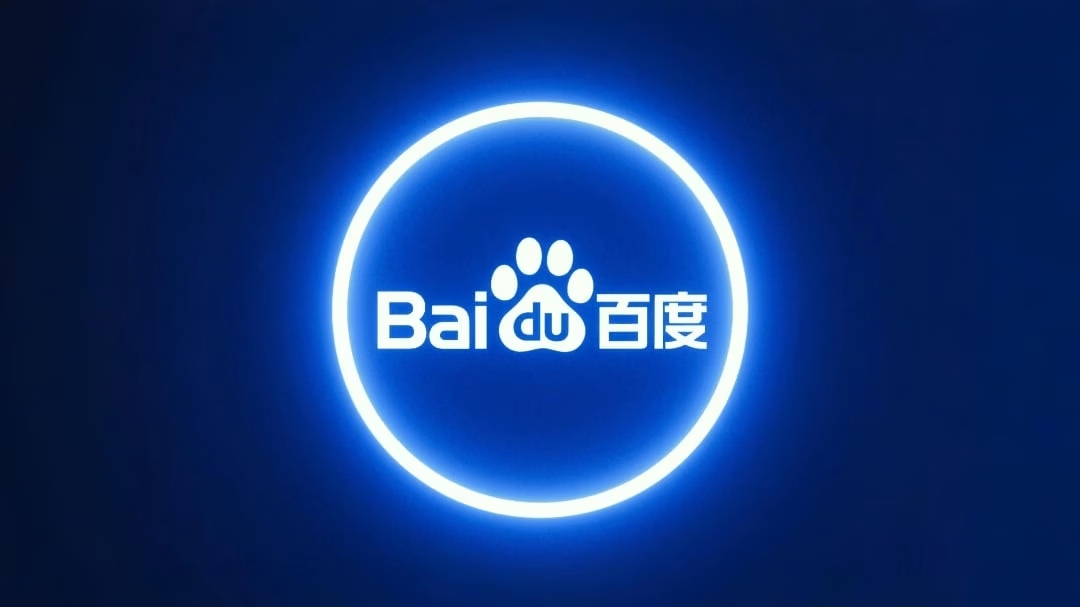Baidu Unveils Lightweight, High-Performance OCR Model PP-OCRv5 on Hugging Face
Baidu has just made a significant splash in the AI community with the release of its latest optical character recognition (OCR) model, PP-OCRv5. This new iteration, now readily available on Hugging Face, is generating buzz not just for its advanced capabilities but for its remarkably efficient design. Coming hot on the heels of Baidu's ERNIE X1.1 deep thinking model announcement, PP-OCRv5 underscores the company's commitment to delivering practical, high-impact AI tools. What truly sets this model apart is its ability to achieve impressive text recognition accuracy while remaining surprisingly lightweight, a combination that could prove invaluable for a wide range of applications.
The release, officially announced on September 10, 2025, positions PP-OCRv5 as a specialized solution designed to tackle the complexities of text extraction with speed and precision. This move aligns with a broader industry trend observed throughout 2025, where developers are increasingly seeking modular, task-specific AI models that offer better performance and resource efficiency compared to monolithic, general-purpose large models. Baidu's approach with PP-OCRv5 appears to be a direct response to this demand, offering a focused tool that excels at its core function.
PP-OCRv5: Efficiency Meets Accuracy
At its heart, PP-OCRv5 is built upon Baidu's robust PaddleOCR framework, with this latest version representing a notable refinement over its predecessors. The model employs a clever two-stage pipeline, separating text detection from text recognition. This modular design is key to its lightweight nature, allowing it to process information more efficiently without sacrificing accuracy. For developers and businesses grappling with the computational demands of AI, this is a welcome development.
"PP-OCRv5 results in a smaller, more efficient model... specifically designed for high-speed, accurate text detection and recognition." - Baidu (via Hugging Face Blog)
This emphasis on efficiency is not merely a theoretical advantage; it translates into tangible performance gains. Benchmarks indicate that PP-OCRv5 can achieve over 95% accuracy in text localization, even on densely packed documents. Furthermore, its speed on high-density text tasks is reported to be up to two to three times faster than more general-purpose models. This makes it an ideal candidate for applications like automated document processing, data entry, and even real-time text analysis where speed is paramount.
Broad Language Support and Accessibility
One of the standout features of PP-OCRv5 is its extensive multilingual capabilities. The model is designed to handle over 80 languages, including major ones like Simplified and Traditional Chinese, English, Japanese, and even Pinyin. This broad support significantly expands its potential use cases across global markets and diverse datasets. The evaluation of its precision, often measured using metrics like "1-EditDist," suggests a high degree of reliability across these languages.
Crucially, Baidu has made PP-OCRv5 freely available as an open-source model on Hugging Face and GitHub. This accessibility is a major boon for the AI community, lowering the barrier to entry for researchers, developers, and smaller organizations. The model's ability to run efficiently on standard CPUs and GPUs means that advanced OCR capabilities are no longer limited to those with access to high-end hardware. This democratization of powerful AI tools is something we're seeing more of, and Baidu's contribution here is significant.
Contextualizing the Release: A Strategic Move
The launch of PP-OCRv5 isn't happening in a vacuum. It follows closely on the heels of Baidu's WAVE SUMMIT 2025, where the company showcased its broader AI ambitions, including the ERNIE X1.1 reasoning model. This strategic timing suggests a deliberate effort to present a suite of AI solutions tailored for real-world applications. While ERNIE X1.1 aims to enhance reasoning and understanding, PP-OCRv5 focuses on the critical task of extracting information from visual data.
This dual focus highlights a sophisticated understanding of the AI landscape. The industry is moving beyond a one-size-fits-all approach. Large, complex models are powerful, but they can be overkill and resource-intensive for specific tasks. Specialized models like PP-OCRv5 offer a more pragmatic and efficient path forward. For instance, when dealing with scanned invoices or historical documents, the precision and speed of a dedicated OCR model often outperform a general vision-language model that might struggle with bounding box accuracy or introduce unnecessary "hallucinations."
What's Next for PP-OCRv5?
The immediate impact of PP-OCRv5 is likely to be felt in the development of new applications and the optimization of existing ones that rely on text extraction. Its availability on Hugging Face, a central hub for AI models, ensures it will be discovered and integrated by a wide community. We can expect to see it powering everything from automated customer service bots that can read scanned forms to advanced archival systems that digitize vast collections of text-based documents.
The ongoing development of the PaddleOCR framework, with its last major GitHub update in late June 2025, suggests a continued commitment from Baidu to refining these tools. As the AI field continues to evolve at a breakneck pace, the demand for efficient, accurate, and accessible models like PP-OCRv5 will only grow. It's an exciting time for OCR technology, and Baidu's latest offering is certainly one to watch.
